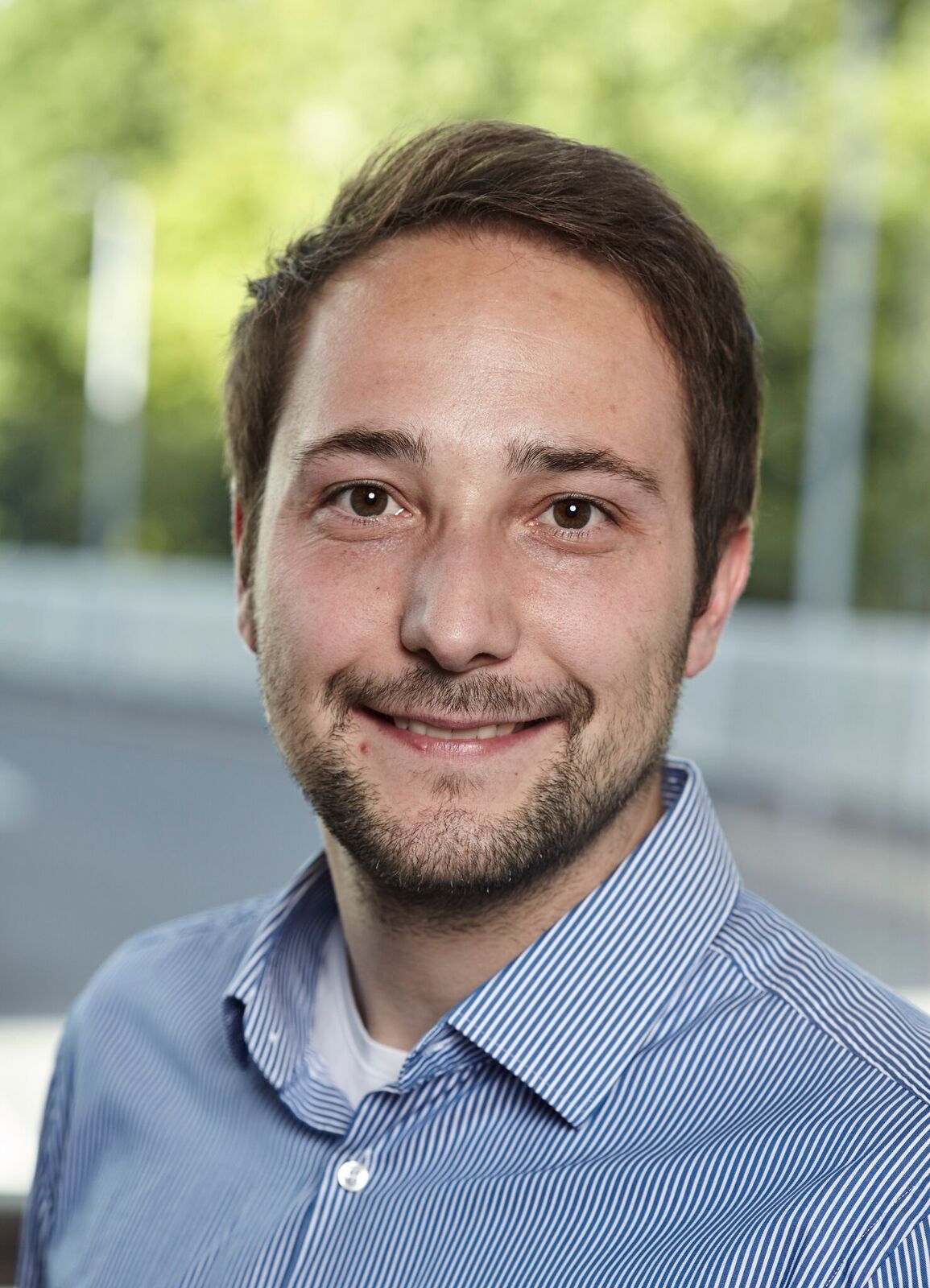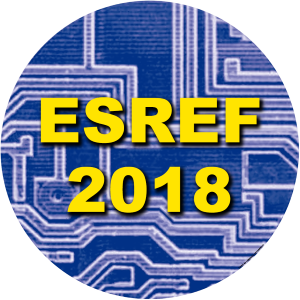| TUTORIAL LECTURE | ||
 | Matthias Lassmann - Infineon Moisture Modeling in Complex Systems | |
| Abstract | ||
| Within outdoor applications like electrical vehicles or a wind turbines the inner electronic system can be exposed to harsh climate conditions from the ambient. Often no dehumidifiers are used to explicitly control the moisture level inside. Therefore condensation of water, corrosion and material swelling can occur which causes disturbances or even a total loss of the system. Here simulation of the moisture transport helps to understand the system and finally protect it from such moisture induced failures. In the past, methodologies were developed which make use of the analogy between moisture transport – considering diffusion processes – and heat conduction. Also known as thermal-moisture analogies, these methods are implemented by using the thermal simulation domain of commercial finite element (FE) solvers and reinterpreting the material properties to describe the moisture diffusion. Because of the fact that moisture and thermal transport are especially at bi-material interfaces not fully analogous, these approaches have specific limitations concerning the allowed transient and spatial boundary conditions. For moisture modeling on system level the computational effort of the FE solver is typically too high, therefore the model complexity has to be simplified. This can be realized by modeling the moisture transport via an equivalent circuit approach in which the moisture resistors and capacitors describe the transport and loading of moisture within the material parts. This approach is suitable even for complex transient mission profiles – given by transient moisture and temperature profiles as input – which cover long periods of time by keeping the computational effort low. This tutorial gives an overview of these common modeling approaches and their specific limitations regarding the allowed boundary conditions and model complexity. | ||
| Biography | ||
| Matthias Lassmann received his diploma degree in physics from the Westfälische Wilhelms-Universität Münster in 2012 with focus on simulation of charge carrier transport within semiconductor devices. Afterwards he joined Infineon Technologies AG in Warstein. As part of the R&D Department for Semiconductor Power Modules he is working in the field of simulation regarding moisture, thermal and electro-magnetic topics. | ||

